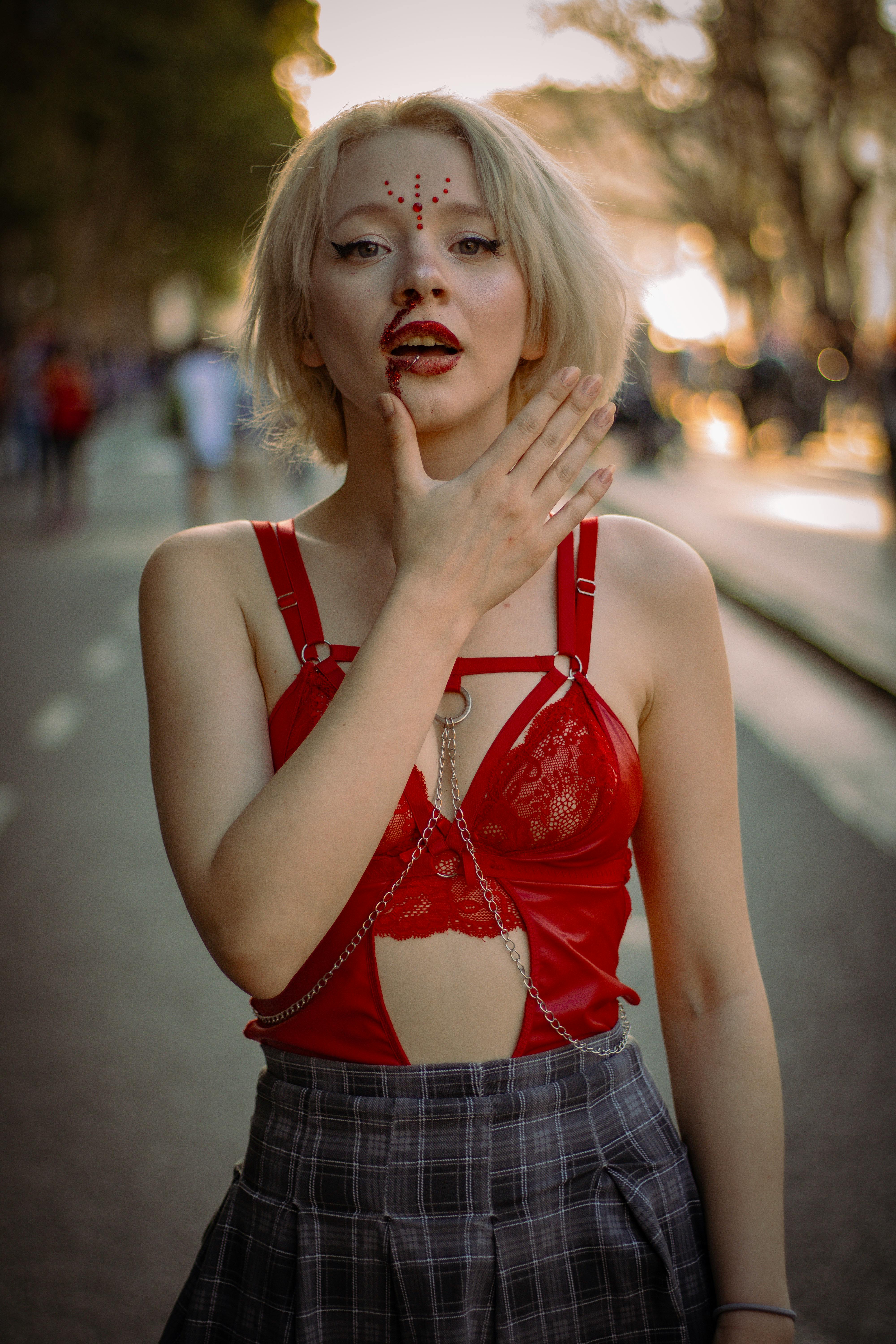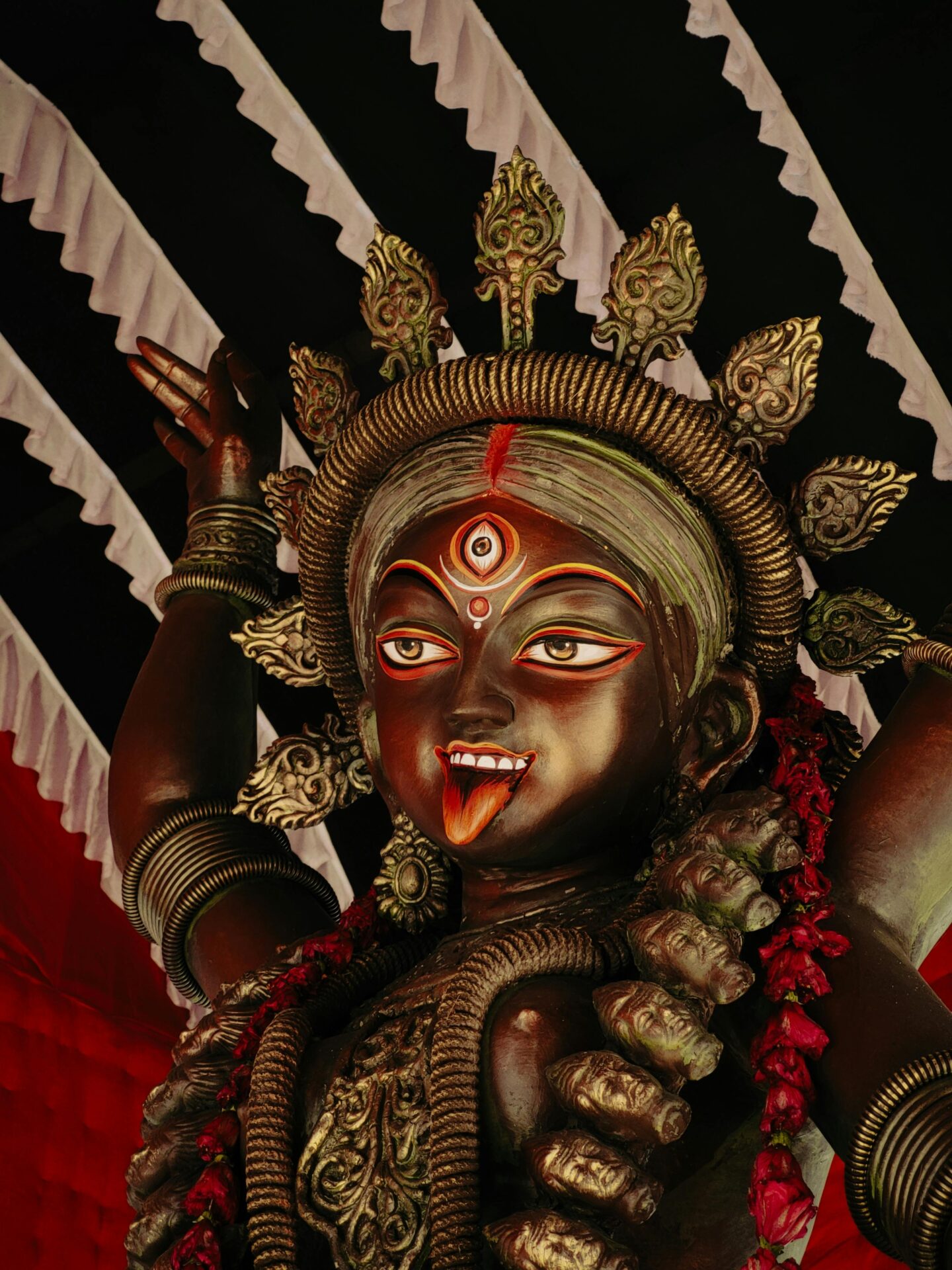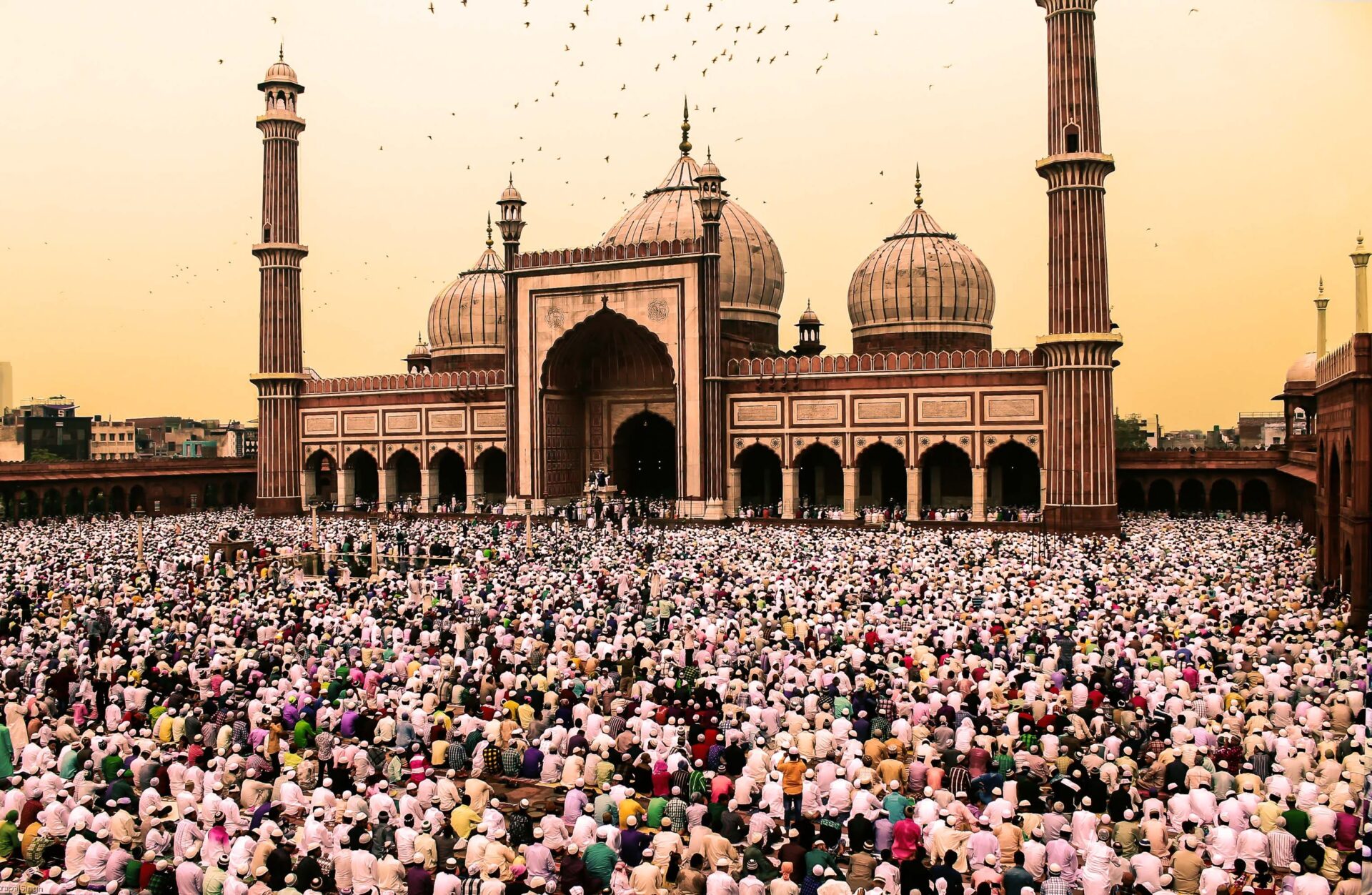In the fascinating realm of Hindu mythology, there exists a celestial being known as Radha. Have you ever wondered what symbols are associated with Radha or how she is worshipped? This article will unravel the mysteries surrounding Radha’s symbols and shed light on the unique ways in which devotees express their reverence for this divine entity. Prepare to embark on a journey of discovery as we explore the rich tapestry of Radha’s symbolism and delve into the various practices that form an integral part of her worship.

Table of Contents
Symbols of Radha
Radha, the divine counterpart of Lord Krishna, is revered and worshipped as the feminine embodiment of love and devotion in Hindu mythology. In the tradition of Radha Krishna Bhakti, Radha is renowned for her unwavering love for Krishna and is depicted adorned with various symbols that convey her divine attributes. These symbols not only serve as visual representations of Radha’s qualities but also carry profound spiritual significance. Let us delve deeper into the symbols associated with Radha and explore their meanings in the context of her worship.
Lotus
One of the most prominent symbols associated with Radha is the lotus. The lotus flower holds deep spiritual significance in Hinduism, symbolizing purity and spiritual enlightenment. Similarly, the lotus is an emblem of Radha’s divine beauty and grace. Just as the lotus emerges from the depths of murky waters and blossoms into a pristine flower, Radha’s purity of heart and unwavering devotion shine through her being. The lotus represents Radha’s innate connection with the divine and serves as a reminder of the transformative power of love and devotion.
Flute
The flute is another compelling symbol closely associated with Radha. In Hindu mythology, Lord Krishna is often depicted playing the enchanting flute, captivating all beings with his celestial music. As Radha’s eternal counterpart, the flute holds profound meaning in relation to her. It symbolizes the divine music that resonates from Radha’s heart, mirroring her harmonious connection with Krishna. The flute’s melodious tunes evoke a sense of longing and union, drawing Radha closer to her beloved. It signifies the call to the divine lover and serves as a reminder of the inseparable bond between Radha and Krishna.
Peacock Feather
One cannot envision Radha without the embellishment of a peacock feather adorning her hair. The peacock feather holds deep symbolism and is intrinsically connected to both Radha and Krishna. Representing beauty and grace, the vibrant hues of the peacock feather reflect Radha’s close association with nature and the divine. It serves as a reminder of Radha’s unfathomable love for Krishna and her ability to manifest beauty in every aspect of her existence. The peacock feather also signifies Krishna’s divine presence and grace.

Mirror
In the reflections of a mirror, Radha sees much more than her physical appearance. The mirror symbolizes self-reflection, denoting Radha’s deep introspection and self-awareness. It represents her ability to dive within herself, exploring the depths of her being. Radha’s devotion is not superficial; it runs deep, reflecting her commitment to self-realization and inner growth. The mirror signifies the awakening of inner beauty and divinity, reminding us of the importance of self-reflection on the spiritual path.
Lovebirds
The image of two lovebirds perched together symbolizes the divine love and union shared between Radha and Krishna. These lovebirds represent the eternal bond that exists between Radha and Krishna, transcending time and space. Just as the lovebirds find solace and harmony in each other’s company, Radha and Krishna’s souls are inexorably intertwined. The lovebirds symbolize the harmonious connection of their souls, reminding us of the profound love that exists beyond the material realm.

Crown
Radiating elegance and divine majesty, Radha wears a crown befitting her exalted spiritual status. The crown symbolizes royalty and divinity, signifying Radha’s elevated position in the realm of devotion. As the queen of devotion, Radha inspires devotees to cultivate a deep sense of commitment and dedication in their relationship with Krishna. The crown reminds us of Radha’s regal stature in the realm of divine love and serves as a reminder of our own potential to embody devotion and divinity.
Jewelry
Radha is often adorned with exquisite jewelry, which serves as a symbol of adornment and beauty. The jewelry enhances Radha’s physical allure, yet its deeper significance lies in its representation of her devotion and dedication to Krishna. Each piece of jewelry carries with it a story of love and surrender, symbolizing Radha’s unwavering commitment to her divine lover. The jewelry serves as a constant reminder of the beauty and devotion that radiates from Radha’s being, inspiring us to cultivate similar qualities in our own lives.
Saffron
Saffron, with its vibrant hue and distinctive aroma, is prominently associated with Radha. This sacred spice holds deep spiritual significance in Hinduism, symbolizing purity and holiness. Its rich, golden color serves as a representation of Radha’s divine love and devotion. Saffron is often used in religious ceremonies to awaken a sense of spiritual enlightenment and evoke a profound connection with the divine. It embodies the essence of Radha’s devotion, reminding us of the transformative power of love when offered with pure intent.
Gopis
The Gopis, Radha’s companions and friends, play an integral role in understanding Radha’s divine love. The Gopis represent the embodiment of devotion and serve as testimonials to Radha’s unwavering commitment to Krishna. They symbolize the power of community and the strength that comes from collective devotion. Radha’s connection with her Gopis signifies the beauty of shared love and reinforces the importance of fostering harmonious relationships in our own spiritual journey.
Fruits and Flowers
In the tapestry of Radha’s worship, fruits and flowers hold a special place. Offering fresh fruits and vibrant flowers to Radha is a cherished practice among devotees. Fruits symbolize abundance, gratitude, and sustenance, serving as a reminder of the nourishing qualities of Radha’s love and devotion. Flowers, on the other hand, represent the blossoming of the soul and radiance of divine beauty. They serve as an offering of love and a means to adorn Radha with natural beauty, reflecting our devotion and appreciation for her divine presence.
Meditation on Radha’s divine form and qualities
Devotees often engage in deep meditation focused on Radha’s divine form and qualities. By immersing oneself in the contemplation of Radha, one can awaken inner devotion and experience her presence within. Practicing deep meditation allows one to connect with the essence of Radha’s love, compassion, and surrender, nurturing these virtues within ourselves. Through this transformative practice, the devotee unites with Radha’s divine energy and experiences the profound bliss and union that comes from embracing her teachings.
In conclusion, Radha’s symbols embody the essence of her love, devotion, and divinity. Whether it is the lotus symbolizing purity, the flute evoking the call to the divine, or the lovebirds representing eternal union, each symbol carries profound spiritual significance. By understanding and embracing these symbols, devotees can deepen their connection with Radha and embark on a transformative journey of love and devotion. May Radha’s symbols inspire us to cultivate a deeper sense of love, devotion, and spirituality in our own lives.